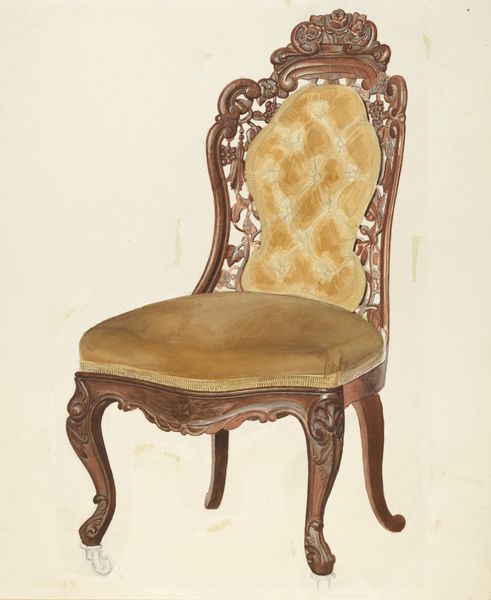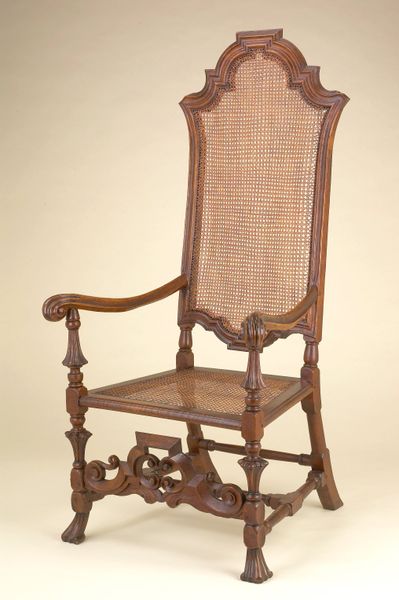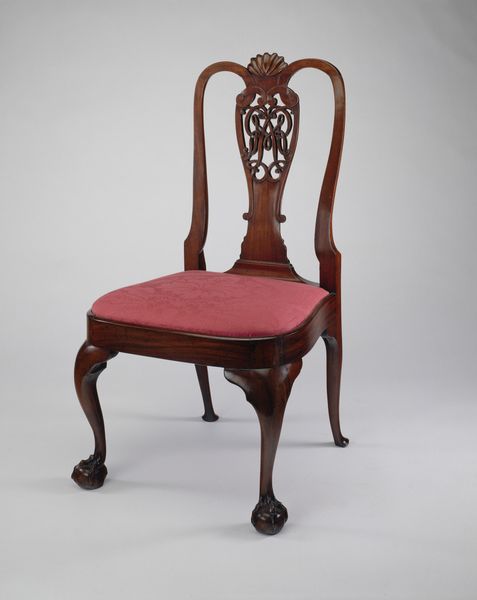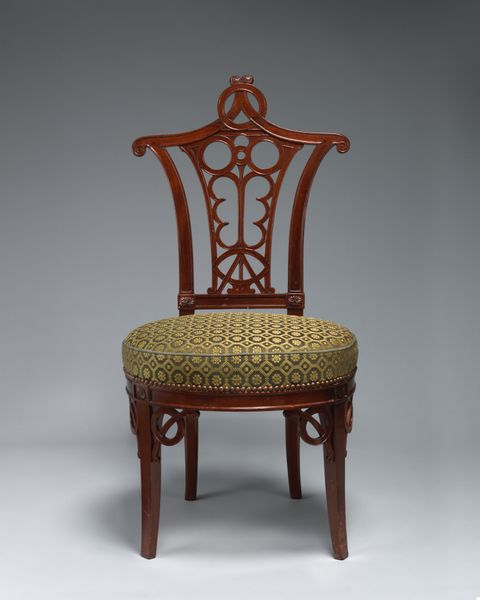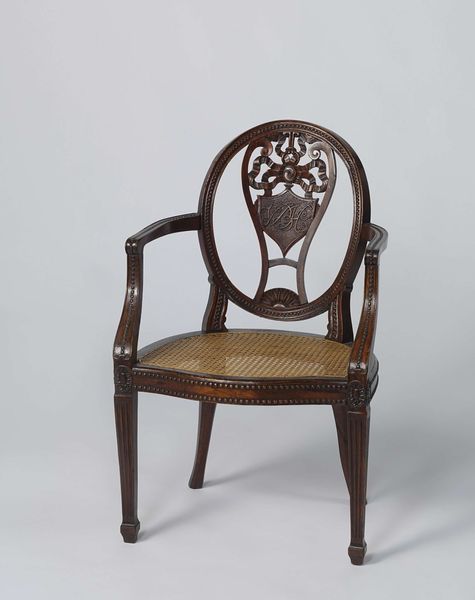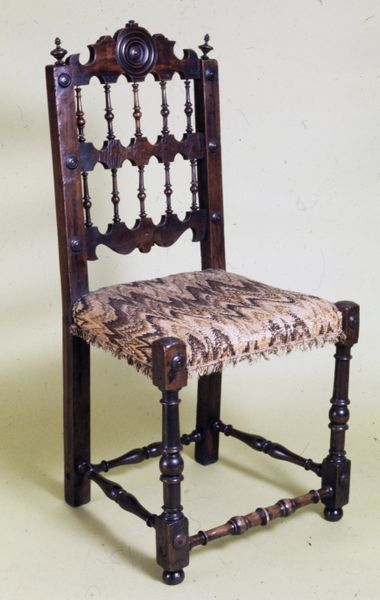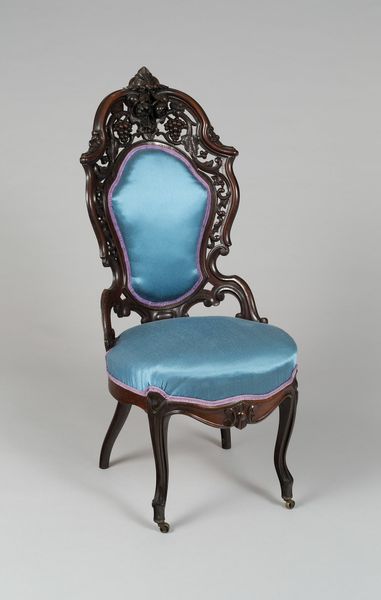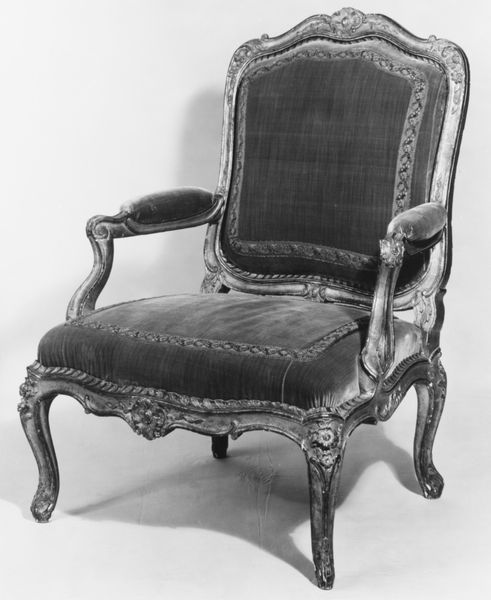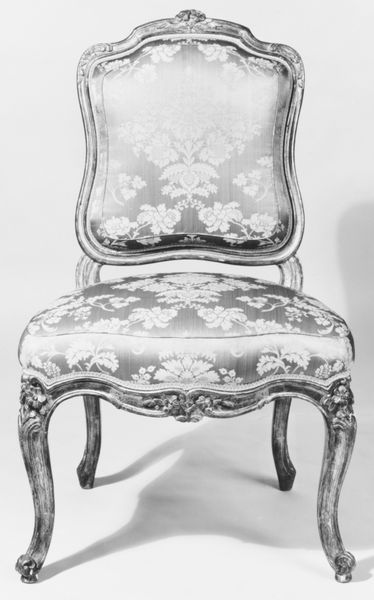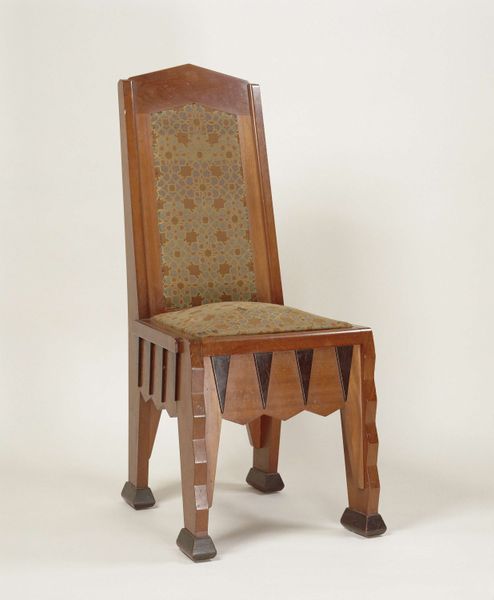
wood
#
portrait
#
furniture
#
united-states
#
wood
#
rococo
Dimensions: 39 1/2 x 20 x 21 in. (100.33 x 50.8 x 53.34 cm)
Copyright: Public Domain
Editor: Here we have a "Side Chair," currently undated, housed here at the Minneapolis Institute of Art. Constructed from wood, its Rococo style presents such delicate ornamentation. Looking at it, I’m struck by how this isn’t just an object for sitting; it's clearly trying to say something about status and taste. What statements do you think this chair makes about society? Curator: The Side Chair reflects a crucial moment in the evolving relationship between aesthetics and social standing. The Rococo style, initially embraced by the French aristocracy, represented an escape from the rigid formalities of the court, embracing asymmetry and elaborate ornamentation as markers of refinement. What message might that send to broader audiences? Editor: It would certainly signal a departure from traditional power structures...almost a softening of that rigid image? Curator: Precisely. Furthermore, the fact it exists in an American collection invites us to consider how European ideals were adopted and adapted in the United States. The production of such ornate furniture was also closely tied to specific social institutions. Guilds, for example, controlled production and access to skills, thereby shaping who could participate in and enjoy this form of cultural expression. Did the artist leave their signature, I wonder? Editor: That's a great point; the absence of a known maker underscores your point about institutional frameworks over individual artistic expression. How might this contrast with, say, contemporary furniture design? Curator: The focus has shifted dramatically towards individual authorship and the celebration of the "artist-designer" rather than anonymous craftmanship rooted in workshop and tradition. The chair reminds us that art, even in the form of furniture, is embedded in a complex network of social relations, reflecting power, class, and the circulation of ideas across cultures. What does the presence of something as everyday as furniture invite us to consider about lived spaces? Editor: It makes me consider art's pervasive, subtle influence in shaping even the most ordinary settings and daily activities! It highlights art's everyday interaction in our own experiences. Curator: Agreed. It highlights the democratization of taste but reminds us of the cultural baggage even mundane objects can carry.
Comments
No comments
Be the first to comment and join the conversation on the ultimate creative platform.


